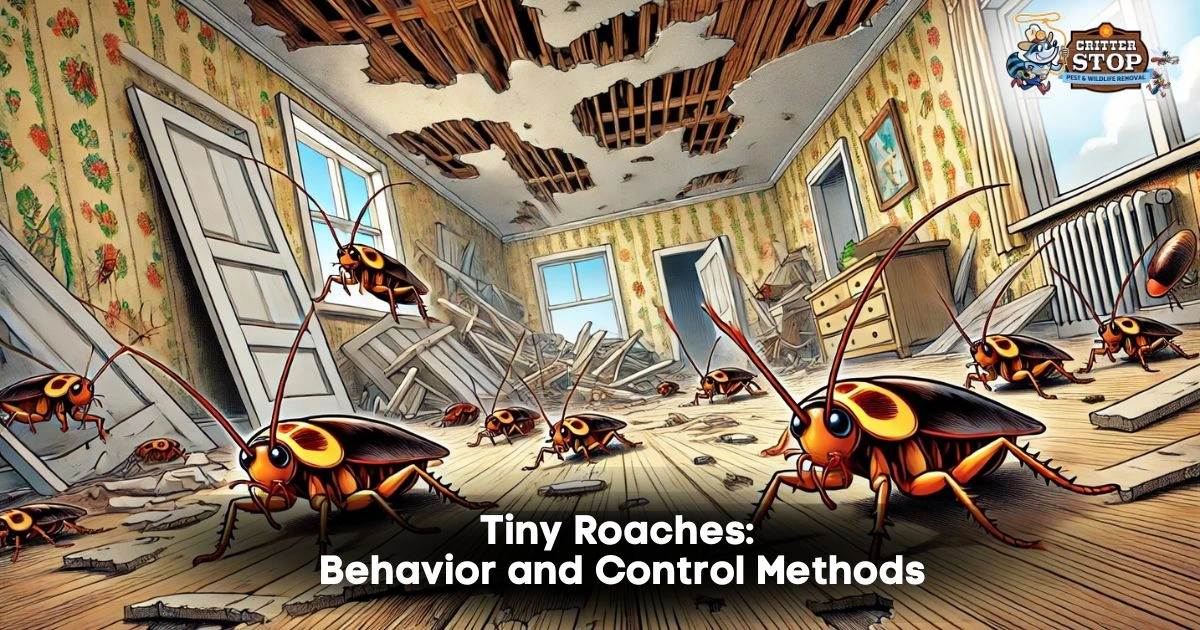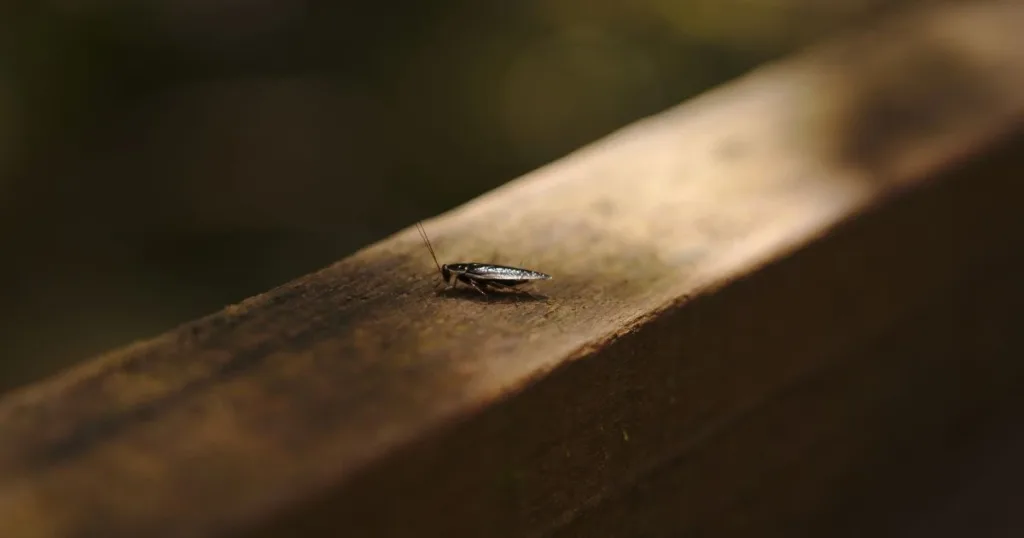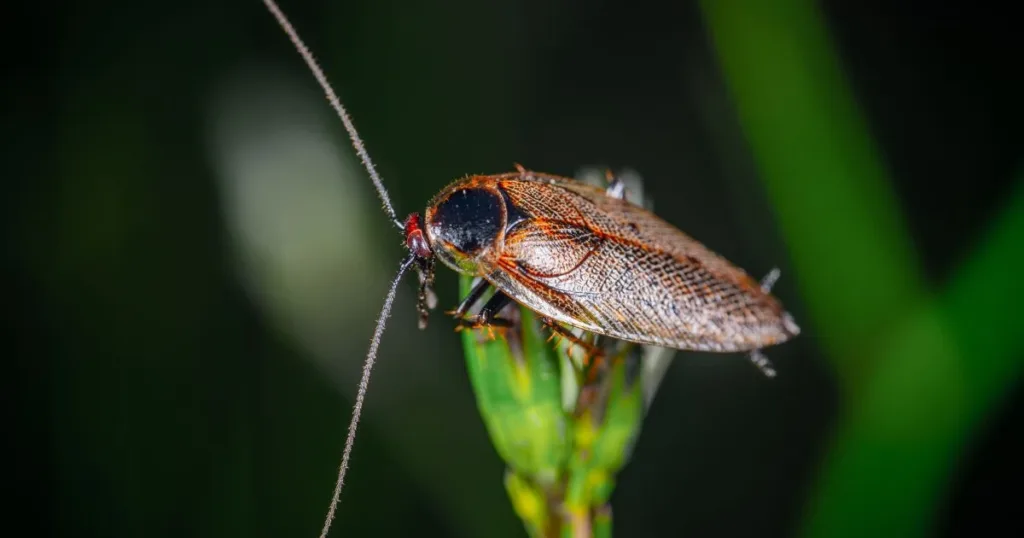
Tiny roaches can be a nuisance that often goes unnoticed until they become a serious problem in your home. These tiny pests are typically just a few millimeters long, yet they can reproduce rapidly, making their presence a concern for many households. Identifying tiny roaches early is crucial to preventing an infestation and protecting your living space.
Understanding the common types of tiny roaches, such as the German and brown-banded roach, can help you pinpoint your problem. Knowing their habits and habitats gives you a head start in managing them effectively. You can take control with the correct information and strategies before they take over.
If you suspect tiny roaches are invading your space, acting quickly is essential. This article will explore prevention and removal methods to keep your home pest-free.

Recognizing tiny roaches involves understanding their physical traits and where they typically inhabit. This information is crucial for effective identification and management.
Tiny roaches, often from species like the German cockroach or the Asian cockroach, are usually less than one inch in length. They feature a flat, oval body that aids in slipping through tight spaces. Their coloration varies from light brown to dark brown, often with two distinctive dark stripes running down their backs.
Additionally, you may notice long, slender antennae nearly as long as their bodies. Their legs are long and allow quick movement, making them hard to catch. Understanding these traits will help you spot tiny roaches more efficiently in your home.
Tiny roaches are often found where food and moisture are readily available. Typical habitats include bathrooms and kitchens, where crumbs and spills attract them. You may see them hiding in the kitchen in cracks, under appliances, or near garbage cans.
They typically thrive in damp, warm areas such as behind sinks or within cabinets in bathrooms. Regular inspection and cleanliness in these hotspots are essential to prevent infestations.

Keeping tiny roaches at bay involves a multifaceted approach that combines effective hygiene practices and targeted extermination techniques. Both aspects are crucial in managing infestations in your kitchen and throughout your house.
Maintaining cleanliness is the first line of defense against tiny roaches. Focus on eliminating food and water sources that attract these pests. Here are some practical tips:
Routine cleaning, including vacuuming and mopping, can significantly reduce potential habitats. Pay special attention to dark and hidden areas, such as behind appliances or beneath cabinets.
If an infestation occurs despite your best efforts, consider these extermination methods:
For persistent problems, seeking professional help can yield better results. Critter Stop excels in humane pest removal, offering tailored solutions for your needs. Their excellent reputation and outstanding customer reviews reflect their commitment to high-quality service. To effectively handle a tiny roach problem, call Critter Stop at (214) 234-2616 for a free inspection.

Addressing common concerns about tiny roaches can help you effectively manage and prevent their presence in your home. Below are detailed answers to help you understand and control tiny roaches.
To control tiny roaches, maintain cleanliness by regularly cleaning under appliances and in dark areas. Use baits and traps designed explicitly for roaches, which effectively attract and kill them. Seal cracks and crevices to eliminate entry points and limit hiding spots.
Tiny roaches in the bathroom often thrive in moist environments. Even with regular cleaning, damp areas, like behind sinks and showers, can provide shelter. Check for leaks and improve ventilation to reduce moisture and make your bathroom less inviting for them.
To prevent tiny roaches in the kitchen, store food in airtight containers and clean up spills immediately. Keep counters and floors free of crumbs and debris, and take out the trash regularly. Also, routinely inspect pantry items for signs of infestation to catch any issues early.
Identify their hiding places and potential food sources if you spot tiny roaches. Set out roach baits and traps in areas where you notice activity. Contact a pest control professional if the infestation persists, as they can implement comprehensive treatment strategies.
Tiny roaches, often identified as German or brown-banded roaches, are typically 0.5 to 1 inch long. They have flattened bodies, long antennae, and a brownish color, with some featuring light bands across their wings. Accurate identification is key to effectively applying the right control methods.
Visit our Critter Library and learn more about our furry friends